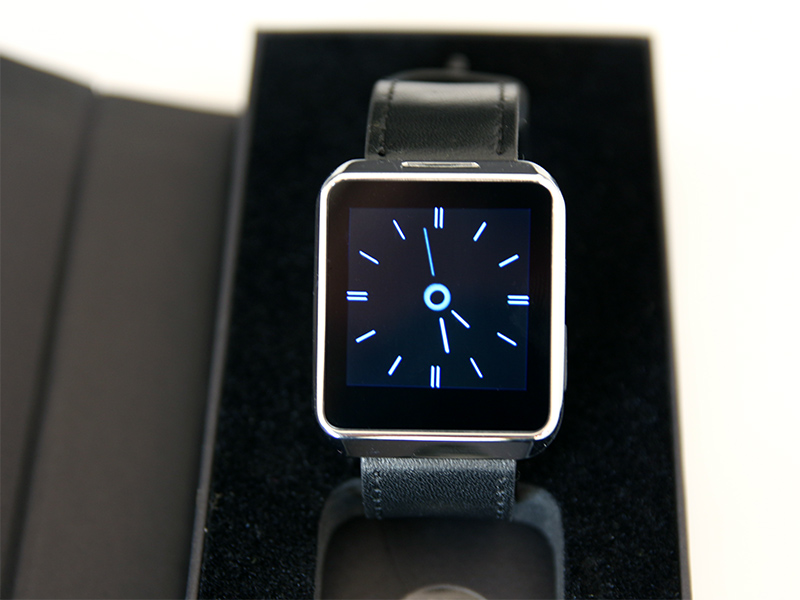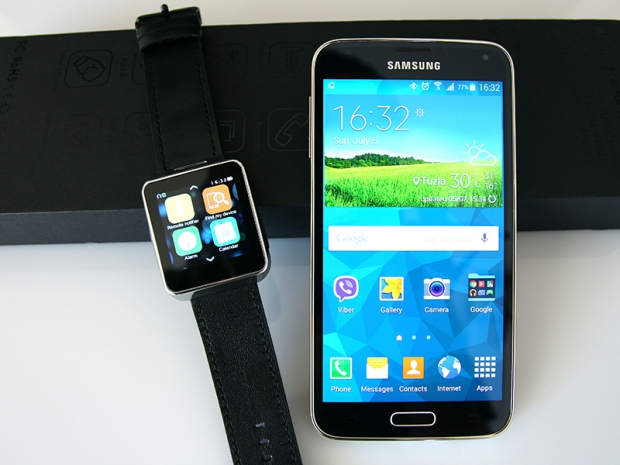Index
Review: Promising hardware, unpolished software
We'll start this review on an unusual note – with a conclusion. Why? Keep reading, and we'll try to explain.
MediaTek's Aster MT2502A wearable SoC was announced last year and the idea behind the processor, along with other MediaTek Labs products, was to bring wearables to the masses. The tiny chip cannot run Android Wear, so devices based on the Aster are to high-end smartwatches what feature phones are to smartphones. That’s our conclusion, now let’s work back from this conclusion and see if it adds up.

First of all, the Aster MT2502A is a 32-bit ARM ARM7EJ-S core. The SoC also packs integrated Bluetooth 4.0, support for FM radios, SD and SDIO storage, as well as CMOS sensors for cameras and other purposes. It also supports audio input and output, low resolution displays and the whole package measures 5.6x6.2mm. Compared to the Qualcomm Smapdragon 410 used in most Android Wear devices, the Aster is not even in the same league. However, that is sort of the point.
Remember that smartphone vs. feature phone analogy? We will be getting back to it quite a few times. It certainly works in the SoC department. Smartphones have vastly more powerful processors than feature phones, but they come at a price – they cost several times more than feature phone chips, and they need a lot more power to keep going. Wearables based on MediaTek’s Aster processor are quite similar to feature phones in this respect. They cost a lot less to manufacture, yet they have better battery life than pricey Android Wear and Apple wearables.
Now let’s take a closer look at the X1 smartwatch itself.




